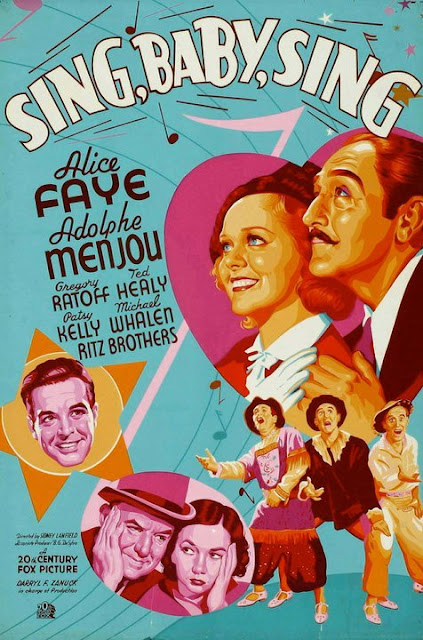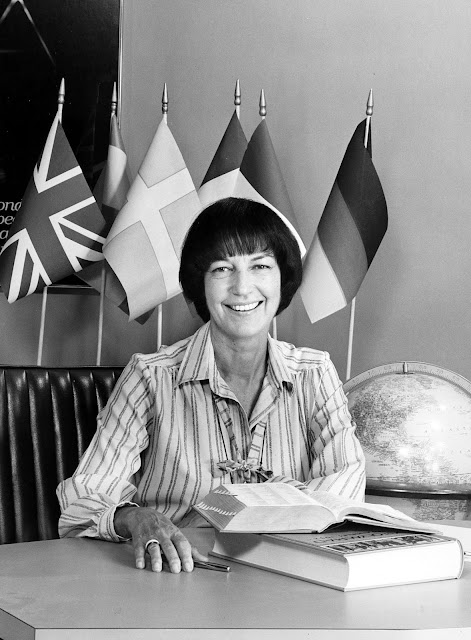Astrid Allwyn (November 27, 1905 – March 31, 1978) was an American stage and film actress.
Early years
Allwyn was born Astrid Christofferson in South Manchester, Connecticut,[1] part of a family that included four sisters and a brother. When she was 3 years old, her family moved to Springfield, Massachusetts.[2]
At age 13, she sang well enough in a concert to be offered a scholarship to the Boston Conservatory of Music, but she declined rather than move away from her home. After finishing high school, she moved to New York, hoping for a career as a concert singer, but she ended up taking classes at a business college and becoming a typist for a business on Wall Street.[3]
Career
Allwyn studied dancing and dramatics in New York and later joined a stock company. Allwyn made her Broadway debut in 1929 in Elmer Rice's Street Scene. On the strength of her performance in Once in a Lifetime, she was given film work. She signed with Metro-Goldwyn-Mayer and began her screen career.[3]
In films, she often played the woman from whom the male star escaped, for example Charles Boyer's character's fiancée in the 1939 version of Love Affair or James Stewart's in Mr. Smith Goes to Washington.
Personal life
Her first husband was actor Robert Kent; the two appeared together in the 1936 Shirley Temple film Dimples.[3] They married on January 10, 1937, in Tijuana, Mexico,[4] and were divorced in 1941. She remained married to second spouse Charles O. Fee until her death in 1978, at age 72. Two of their daughters, Melinda and Vicki, also became actresses.
Death
On March 31, 1978, Allwyn died of cancer in Los Angeles, California.[5] She is buried at Forest Lawn Glendale Cemetery.
Partial filmography
Lady with a Past (1932)
Love Affair (1932)
The Girl From Calgary (1932)
Hello, Sister! (1933)
Servants' Entrance (1934)
Mystery Liner (1934)
One More Spring (1935)
Hands Across the Table (1935)
Charlie Chan's Secret (1936)
Follow the Fleet (1936)
Dimples (1936)
Stowaway (1936)
International Crime (1937)
Love Affair (1939)
Miracles for Sale (1939)
Mr. Smith Goes to Washington (1939)
Reno (1939)
Gangs of Chicago (1940)
City of Missing Girls (1941)
No Hands on the Clock (1941)
Melody for Three (1941)
References
1. "Hollywood Roundup". Belvidere Daily Republican. Illinois, Belvidere. United Press. January 19, 1937. p. 7.
2. Dietz, Edith (November 24, 1935). "Astrid Allwyn -- 'Child of the Stars'". Oakland Tribune. California, Oakland. p. 75.
3. Smithson, E.J. (November 1937). "Actress by Accident". Hollywood. 26 (10): 41, 78.
4. "Astrid Allwyn Bride of Robert Kent, Actor". The Evening Sun. Pennsylvania, Hanover. Associated Press. January 18, 1937. p. 8.
5. Ellenberger, Allan R. (2001). Celebrities in Los Angeles Cemeteries: A Directory. McFarland. p. 34. ISBN 9780786409839.




























































